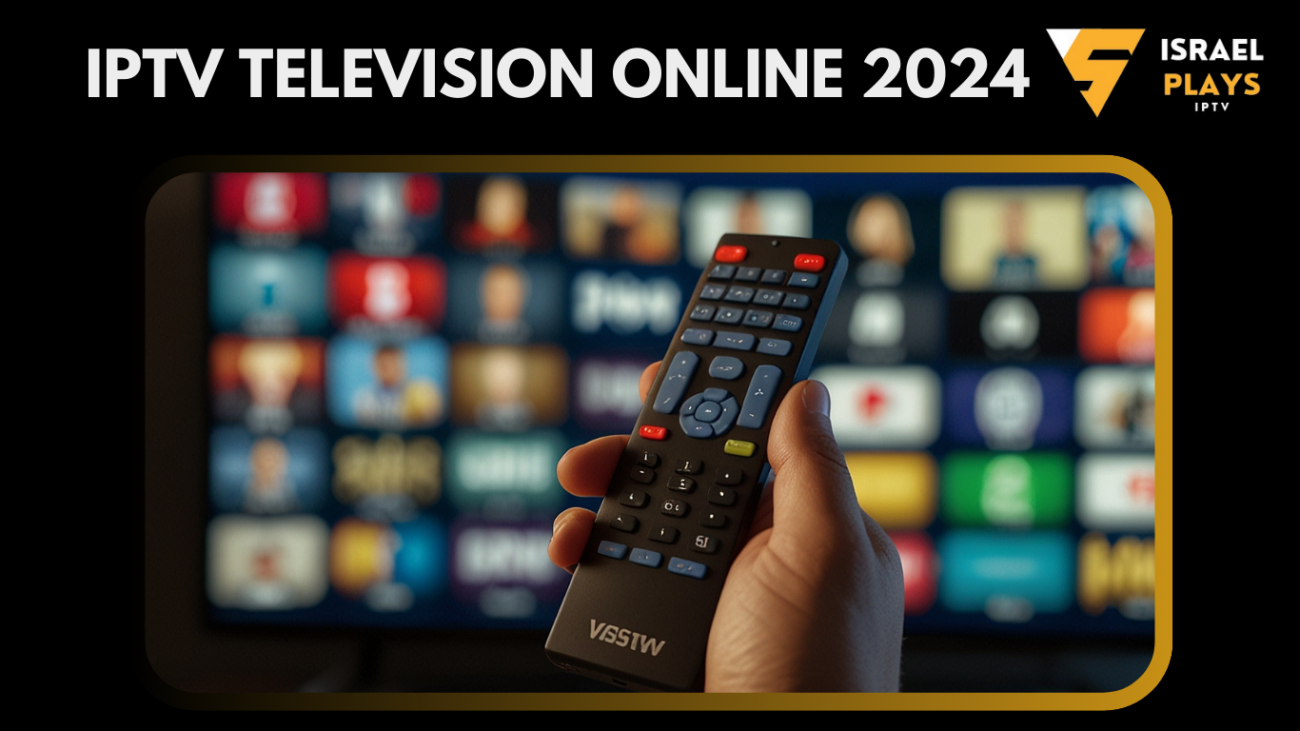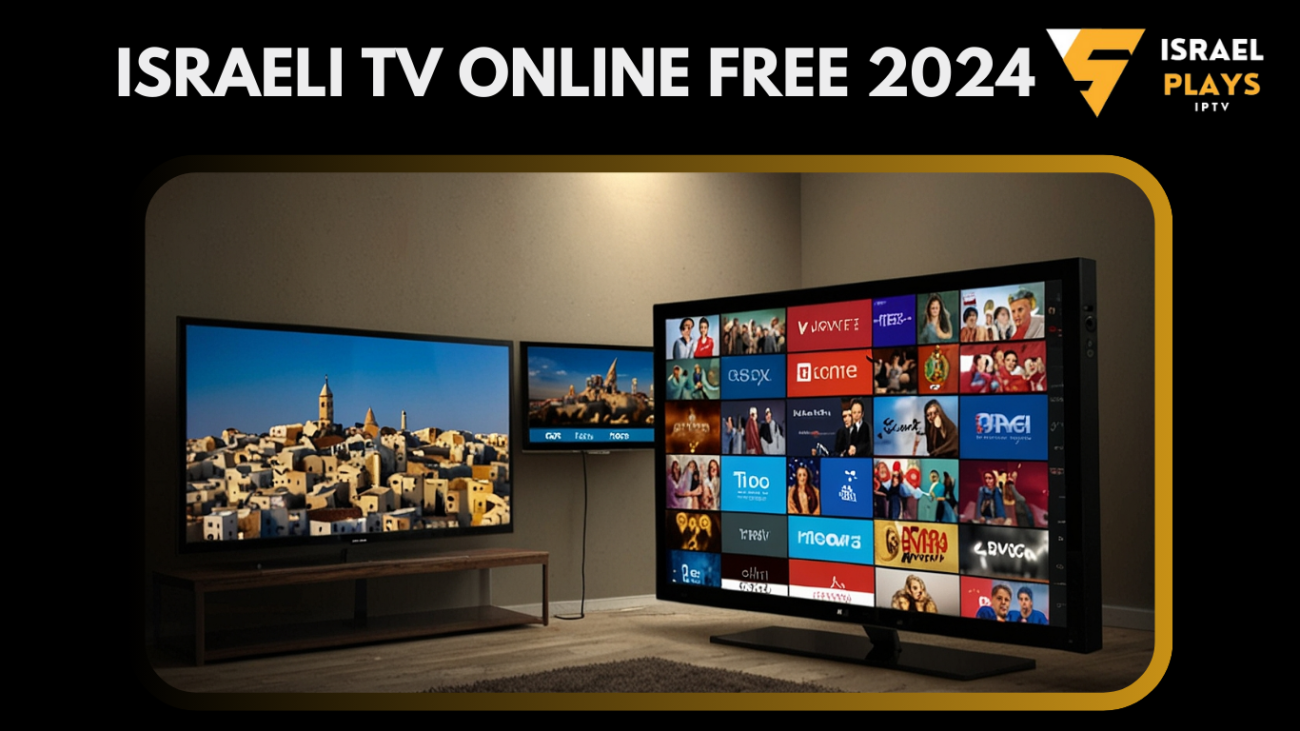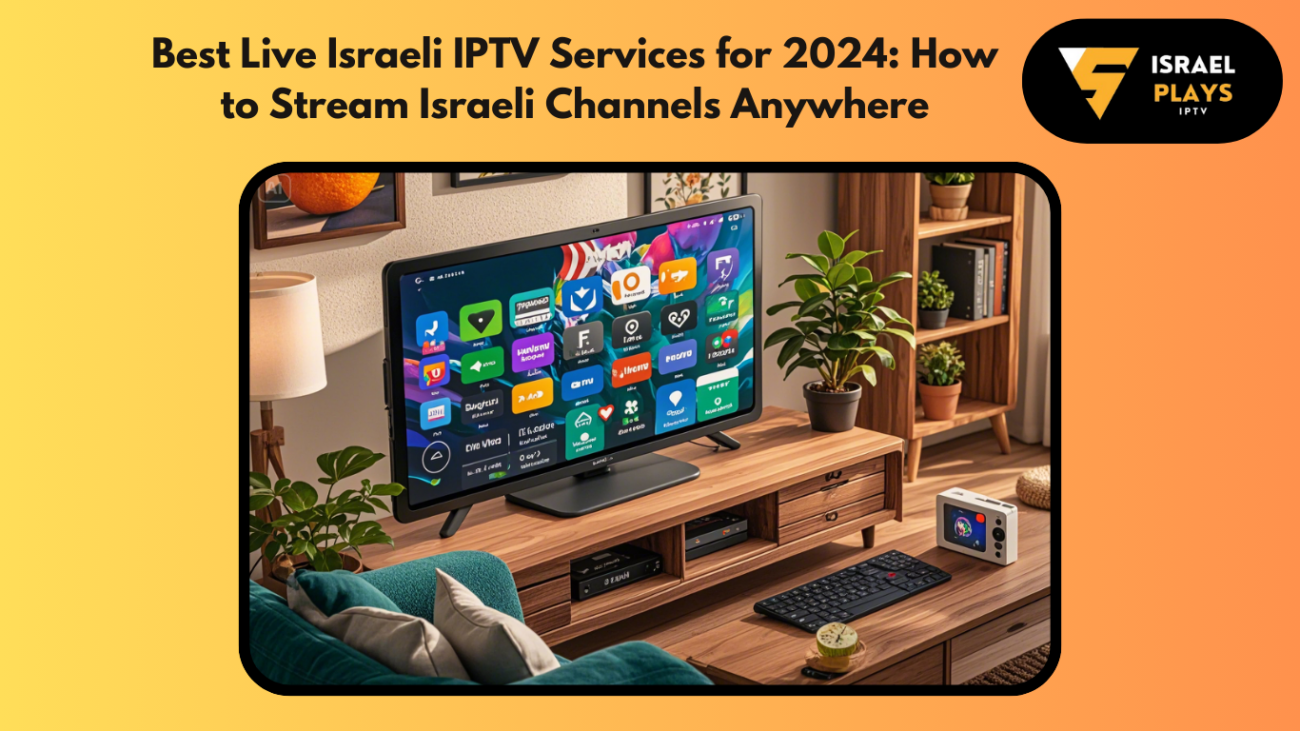I. Introduction to Live TV
Hey there! Have you ever found yourself flipping through channels, getting caught up in the excitement of a live event? Whether it’s the latest episode of a thrilling reality show, a nail-biting sports match, or up-to-the-minute news coverage, live TV has a unique way of connecting us to the world as it happens.
Live_TV is just what it sounds like—television broadcasts in real-time, bringing a sense of immediacy and involvement that pre-recorded shows just can’t match. It’s like being part of a massive, shared experience. You might even think of it as the original social media, before social media was even a thing!
Here’s why live_TV is such a fascinating medium:
- Real-Time Connection: You’re watching the exact same moment unfold simultaneously with millions of other viewers. Whether it’s a heart-stopping goal in the final seconds or breaking news that changes the day’s narrative, live TV captures the thrill of witnessing history.
- Unscripted Excitement: Unlike scripted shows and pre-recorded content, live TV can be unpredictable. This unpredictability is what makes it so exciting. You never know what might happen next, and it keeps you on the edge of your seat!
- Immediate Engagement: Many live broadcasts encourage viewer participation, whether it’s voting for your favorite contestant or tweeting with a hashtag to have your comments displayed on screen. Live TV can be highly interactive, allowing viewers to feel part of the action.
- Shared Moments: Live television creates communal experiences. It’s a chance to join in global conversations, whether it’s discussing the latest plot twist in a drama or cheering on your national team. These shared moments can be incredibly bonding.
One of the magical aspects of live TV is how it has evolved over the years. What started as grainy black-and-white broadcasts have transformed into vibrant, high-definition experiences available at the touch of a button. Technology has not only improved the visual and audio quality but also expanded access, making it easier for people around the world to tune in.
Moreover, the transition from traditional cable to digital and streaming platforms has opened up new possibilities for live TV. Today, you can watch live TV on various devices, from your big-screen TV to your smartphone or tablet, providing flexibility and convenience like never before.
But at its core, the essence of live TV remains the same—connecting people to live events, news, and entertainment that engage and inform. Whether you’re a news junkie, a sports fanatic, or someone who loves reality TV drama, live TV has something for everyone.
So, next time you settle in for a live broadcast, take a moment to appreciate the real-time connection you’re experiencing. It’s a dynamic and ever-evolving landscape, one that continues to captivate audiences worldwide, just like it did decades ago.
Ready to dive deeper into the world of live TV? Let’s explore how it has evolved over time, what platforms are leading the charge in live streaming, and the exciting future that lies ahead!

The Evolution of Live Television
Live television has come a long way since its humble beginnings. It’s like looking at the journey of a trusted old friend—one who’s transformed dramatically over the years, yet remains familiar at heart. Let’s take a stroll down memory lane to explore how live TV has evolved into the dynamic, multifaceted medium it is today.
Back in the early days, live TV was all about bringing communities together. Imagine families huddled around black-and-white screens, eagerly tuning in to catch the latest news or their favorite variety shows. The air was filled with anticipation as events unfolded in real-time, creating shared experiences that transcended individual households.
The Analog Era: Setting the Stage
The journey began with the analog era, where broadcast signals were sent over the airwaves. This was a time when few channels existed, and content was limited but cherished. Networks like NBC, CBS, and ABC dominated the airwaves, shaping the cultural landscape. The analog era laid the groundwork for future advancements, even if the technology was a bit rudimentary by today’s standards.
The Rise of Cable TV: A New Frontier
Then came the cable television revolution in the late 20th century. Imagine the excitement of having a plethora of channels at your fingertips! Cable TV brought specialized programming into homes, catering to diverse interests—from sports to cooking to 24-hour news. This expansion allowed viewers to explore new worlds and discover niche content that resonated with their individual tastes.
With cable TV, the concept of “live viewing” took on new dimensions. No longer confined to major networks, live broadcasts could now include a wider array of events and shows, giving birth to channels dedicated to sports, music, and even shopping.
The Digital Transition: Embracing Change
The turn of the millennium marked the transition from analog to digital broadcasting. This was a game-changer. Digital TV offered higher picture quality and sound, transforming the viewing experience. It also paved the way for more interactive and on-demand features, setting the stage for the next big leap in live television.
The Streaming Revolution: The New Normal
Fast forward to today, and we’re in the midst of the streaming revolution. Live TV is no longer tied to traditional broadcast or cable systems. Thanks to the internet, we can now watch live content on a multitude of devices—from smartphones to smart TVs. Streaming platforms have democratized access to live television, allowing people to watch their favorite shows anytime, anywhere.
Services like Hulu + Live TV, YouTube TV, and Sling TV offer live channels alongside on-demand content, making it easier than ever to catch live events or shows without the need for a traditional cable subscription.
What’s Next?
The evolution of live TV is a testament to human ingenuity and our endless thirst for connection and entertainment. As technology continues to advance, who knows what new innovations will reshape live television next? Whatever happens, one thing is for sure: live TV will keep evolving, adapting to the times, and finding new ways to captivate audiences around the world.
In this rapidly changing landscape, it’s exciting to imagine the possibilities lying ahead for live television. So, sit back, relax, and enjoy the show—because the best is yet to come!
Popular Platforms for Live TV Streaming
Nowadays, there are so many options available for watching live TV online. Whether you’re a sports fanatic, a news junkie, or a reality TV enthusiast, there’s a platform out there that caters to your interests. Here are some popular platforms for live TV streaming:
1. Hulu + Live TV
Hulu + Live TV offers a wide range of channels, including sports, news, and entertainment. With features like cloud DVR and the ability to stream on multiple devices, Hulu is a great option for cord-cutters looking to watch live TV.
2. YouTube TV
YouTube TV provides access to over 85 channels, including local networks and popular cable channels. With unlimited cloud DVR storage and the ability to create up to six user profiles, YouTube TV is a top choice for families and households with diverse viewing preferences.
3. Sling TV
Sling TV offers a more customizable streaming experience, allowing users to choose from different channel packages based on their interests. With features like on-demand content and the ability to stream on multiple devices simultaneously, Sling TV is a flexible and cost-effective option for live TV streaming.
4. fuboTV
fuboTV is a sports-centric streaming service that offers a wide range of sports channels, including regional sports networks. With features like 4K streaming and the ability to watch games in real-time, fuboTV is a must-have for sports fans looking to catch all the action live.
5. AT&T TV
AT&T TV provides access to live TV channels, on-demand content, and premium channels like HBO Max. With features like 500 hours of cloud DVR storage and the ability to stream on multiple devices, AT&T TV offers a comprehensive streaming experience for all types of viewers.
These are just a few of the popular platforms for live TV streaming, each offering unique features and content to cater to different viewing preferences. When choosing a live TV service, consider factors like channel availability, pricing, and device compatibility to find the best option for your needs. Happy streaming!
Key Features to Look for in a Live TV Service
So, you’ve decided to cut the cord and ditch traditional cable in favor of a live TV streaming service. But with so many options out there, how do you know which one is right for you? Here are some key features to keep in mind when choosing a live TV service:
1. Channel Lineup
First and foremost, take a look at the channel lineup offered by the service. Make sure it includes all the channels you and your family regularly watch. Whether you’re into sports, news, or entertainment, having access to your favorite channels is crucial.
2. Simultaneous Streams
If you have a household with multiple viewers, you’ll want to make sure the live TV service you choose allows for multiple simultaneous streams. This way, everyone can watch their favorite shows at the same time without any issues.
3. Cloud DVR
A cloud DVR feature is essential for those who want to record and watch their favorite shows later. Make sure the service offers enough storage space and allows you to fast-forward through commercials.
4. User Interface
A user-friendly interface can make all the difference in your viewing experience. Look for a service that is easy to navigate, allows for customization, and provides recommendations based on your viewing habits.
5. Compatibility
Make sure the live TV service is compatible with all the devices you plan to use. Whether you prefer watching on your TV, laptop, tablet, or smartphone, it’s important that the service works seamlessly across all your devices.
6. Price and Packages
Of course, price is always a factor to consider when choosing a live TV service. Compare the different packages offered by various providers and choose one that fits your budget while still meeting your viewing needs.
7. Customer Support
Lastly, don’t forget to consider the level of customer support offered by the service. In case you encounter any issues or have questions, it’s important to have reliable customer support that can assist you promptly.
By keeping these key features in mind, you can make an informed decision when selecting a live TV streaming service that best suits your preferences and viewing habits. Happy streaming!
In today’s digital age where streaming services and on-demand content are the norm, there is something special about tuning in to watch live television. Whether it’s catching a sports game, watching a live event, or staying up-to-date with the latest news, live TV offers a unique viewing experience that can’t be replicated.
Benefits of Watching Live TV
There are several benefits to watching live TV that make it a preferred choice for many viewers. Here are some of the key advantages:
- Real-time experience: One of the main benefits of watching live TV is the real-time experience it provides. You get to watch events as they unfold, adding an element of excitement and unpredictability to your viewing experience. Whether it’s a breaking news story, a live sports game, or a special event, watching it live allows you to be part of the action in real-time.
- Community and engagement: Watching live TV can also create a sense of community and engagement among viewers. Whether it’s live-tweeting during a popular TV show, discussing a sports game with friends, or joining a live chat during a virtual event, watching live TV can connect you with others who are sharing the same experience in real-time.
- Access to exclusive content: Many live TV broadcasts feature exclusive content that may not be available on streaming platforms or on-demand services. From live performances to special interviews, live TV offers a unique opportunity to watch content that is only available during the broadcast.
- Stay informed and up-to-date: Live TV is a great way to stay informed and up-to-date with the latest news, events, and trends. Whether it’s watching a live press conference, following breaking news updates, or tuning in to a live debate, live TV keeps you in the know and helps you stay connected to the world around you.
Overall, watching live TV can provide a more dynamic and engaging viewing experience compared to pre-recorded or on-demand content. It offers a sense of immediacy, community, and connection that can enhance your overall viewing experience and make watching TV more enjoyable.
“`html
Benefits of Watching Live TV
There are several benefits to watching live TV that make it a preferred choice for many viewers. Here are some of the key advantages:
- Real-time experience: One of the main benefits of watching live TV is the real-time experience it provides. You get to watch events as they unfold, adding an element of excitement and unpredictability to your viewing experience. Whether it’s a breaking news story, a live sports game, or a special event, watching it live allows you to be part of the action in real-time.
- Community and engagement: Watching live TV can also create a sense of community and engagement among viewers. Whether it’s live-tweeting during a popular TV show, discussing a sports game with friends, or joining a live chat during a virtual event, watching live TV can connect you with others who are sharing the same experience in real-time.
- Access to exclusive content: Many live TV broadcasts feature exclusive content that may not be available on streaming platforms or on-demand services. From live performances to special interviews, live TV offers a unique opportunity to watch content that is only available during the broadcast.
- Stay informed and up-to-date: Live TV is a great way to stay informed and up-to-date with the latest news, events, and trends. Whether it’s watching a live press conference, following breaking news updates, or tuning in to a live debate, live TV keeps you in the know and helps you stay connected to the world around you.
Overall, watching live TV can provide a more dynamic and engaging viewing experience compared to pre-recorded or on-demand content. It offers a sense of immediacy, community, and connection that can enhance your overall viewing experience and make watching TV more enjoyable.
“`
The Future of Live TV Technology
Hey there, TV enthusiasts! Let’s dive into the exciting world of live TV technology and explore what the future holds for this beloved form of entertainment. As technology continues to advance at a rapid pace, live TV broadcasting is also evolving to keep up with the changing times.
One of the major trends shaping the future of live TV technology is the rise of streaming services. With the growing popularity of platforms like Netflix, Hulu, and Amazon Prime Video, more and more viewers are shifting towards online streaming for their TV entertainment. This trend is expected to continue in the coming years, with traditional cable TV slowly losing its dominance.
Another key development in live TV technology is the integration of artificial intelligence (AI) and machine learning. These technologies are being used to enhance the viewing experience by personalizing content recommendations, improving video quality, and even enabling interactive features for viewers. With AI becoming more sophisticated, we can expect to see more innovative ways in which live TV content is delivered and consumed.
Furthermore, the future of live TV technology is likely to be shaped by the increasing demand for high-definition and 4K content. With the growing popularity of ultra-high-definition TVs, broadcasters are under pressure to deliver content that meets the expectations of viewers who want crystal-clear picture quality. As a result, we can expect to see more live TV channels and streaming services offering 4K content in the future.
One of the most exciting prospects for the future of live TV technology is the potential for virtual reality (VR) and augmented reality (AR) to revolutionize the viewing experience. Imagine being able to watch your favorite TV shows and sports events in a fully immersive VR environment, or having AR overlays that provide additional information and interactive elements while watching live TV. These technologies have the potential to transform the way we engage with live TV content and create entirely new experiences for viewers.
As we look ahead to the future of live TV technology, it’s clear that there are endless possibilities for innovation and enhancement. Whether it’s through streaming services, AI integration, high-definition content, or VR/AR experiences, the future of live TV is sure to be an exciting journey filled with new possibilities and opportunities for both broadcasters and viewers alike.
The Future of Live TV Technology
Let’s take a peek into the crystal ball and see what the future holds for live TV technology. As technology continues to advance at lightning speed, the world of live television is constantly evolving. From the rise of streaming services to the integration of artificial intelligence, the future of live TV is nothing short of exciting.
1. Enhanced Viewing Experience
One of the key trends shaping the future of live TV is the focus on enhancing the viewer experience. With the introduction of 4K and even 8K resolution, viewers can expect crystal-clear picture quality that will transport them right into the heart of the action. Additionally, virtual reality and augmented reality technologies are being explored to create immersive viewing experiences that blur the lines between the real world and the screen.
2. Personalized Content
Gone are the days of one-size-fits-all programming. The future of live TV is all about personalization. With the help of AI algorithms, broadcasters can analyze viewer preferences and tailor content recommendations to individual tastes. This means that viewers can enjoy a curated selection of shows and events that cater to their interests, making for a more engaging and enjoyable viewing experience.
3. Integration of Social Media
Social media platforms have revolutionized the way we consume content, and the future of live TV is no exception. Broadcasters are increasingly integrating social media features into their programming, allowing viewers to interact in real-time, share their thoughts, and even influence the direction of the show. This seamless integration of social media will create a more interactive and engaging viewing experience for audiences around the world.
4. Cross-Platform Accessibility
In the future, live TV will be more accessible than ever before. With the rise of streaming services and mobile devices, viewers can enjoy their favorite shows and events anytime, anywhere. Whether you’re on the go or relaxing at home, you’ll be able to tune into live TV with just the tap of a finger. This increased accessibility will make live television more inclusive and convenient for viewers of all ages.
As we look towards the future of live TV technology, one thing is clear: the possibilities are endless. From enhanced viewing experiences to personalized content and social media integration, the future of live TV is shaping up to be a truly immersive and interactive experience. So sit back, relax, and get ready to embark on a journey into the exciting world of live television!














